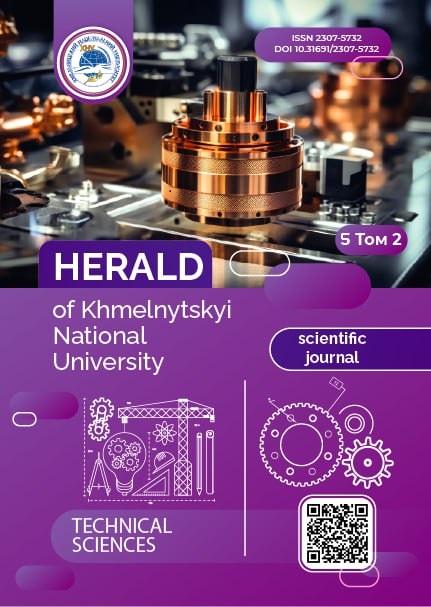DIGITAL IMAGE CONTRAST: THEORETICAL FOUNDATIONS AND ENHANCEMENT METHODS
DOI:
https://doi.org/10.31891/2307-5732-2025-357-76Keywords:
contrast, digital image, contrast enhancement methods, convolutional neural networks, deep learning, TID2013 databaseAbstract
The purpose of this article is to provide a comprehensive analysis of the theoretical foundations of the concept of digital image contrast, systematize existing methods for improving it and identify the advantages, disadvantages and current challenges in applying contrast enhancement methods in various fields of digital image processing. The study systematizes key theoretical aspects of contrast, including its definition. The main characteristics and parameters that affect the contrast of digital images, in particular lighting conditions, image texture, and color information, are analyzed. The features of images with low and high contrast are presented. Images with different contrast from the TID2013 database are used as examples. It has been noted that high-contrast images look more clear and vivid because details stand out better against the background. Low contrast in a digital image is characterized by a slight difference between the brightest and darkest pixels. A brief overview of the main sources on the theoretical foundations of contrast has been provided. These scientific papers create a solid foundation for understanding the principles of image processing and developing effective algorithms that can be used in scientific research and practical tasks. The classification of contrast enhancement methods has been systematized according to their operating principles: global methods (linear histogram stretching, gamma correction), local methods (histogram equalization (HE), adaptive histogram equalization (AHE), contrast limited adaptive histogram equalization (CLAHE)), transformation-based methods (wavelet transform, methods based on retinex algorithms), machine learning and deep learning-based methods (generative adversarial networks (GAN), convolutional neural networks (CNN). The principles of the most common contrast enhancement methods are considered and their advantages and disadvantages are analyzed. The directions for further research in the field of improving the contrast of digital images have been identified. The perspectives for the development of contrast enhancement methods in the context of their application in various fields are analyzed.
Downloads
Published
Issue
Section
License
Copyright (c) 2025 ОЛЕСЬ ТЕГЛІВЕЦЬ (Автор)

This work is licensed under a Creative Commons Attribution 4.0 International License.

